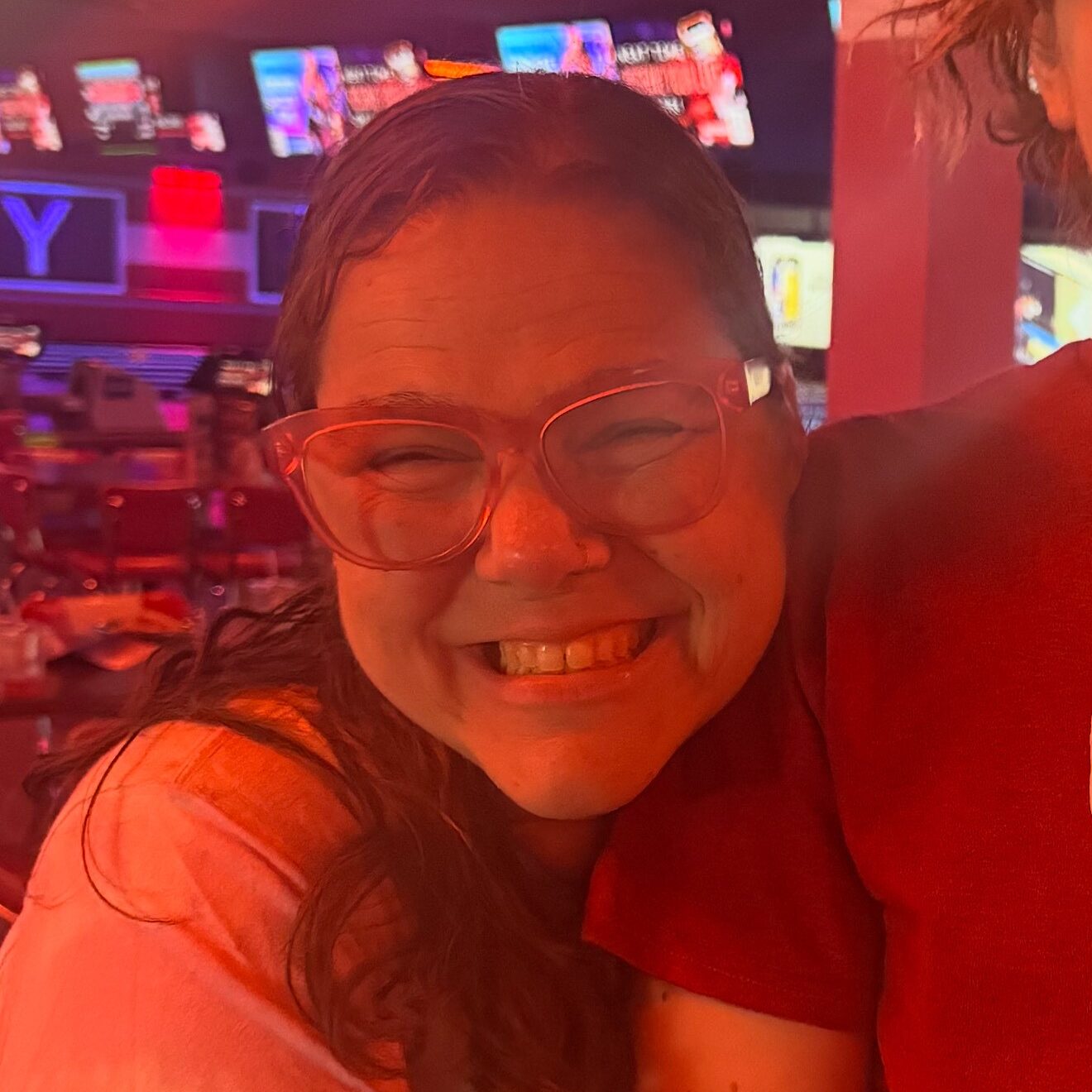
Come work a day in my classroom. Do the job on what you’re proposing the funding should be. Come in and show me how. It’s not possible.
Stephanie Conklin is a special education teacher for kindergarten and first grade students in the School District of Philadelphia who specializes in autistic support. She sees firsthand how Medicaid cuts affect more than just health care, they touch classrooms, educators and, more importantly, children. “Most of my students have Individualized Education Programs (IEPs) and they are all usually Medicaid eligible.”
Stephanie has an invitation for the people making decisions about school budgets and health care access: “Come work a day in my classroom,” she said. “Do the job on what you’re proposing the funding should be. Come in and show me how. It’s not possible.”
Medicaid is a crucial source of funding for schools. “It affects funding at the school level because we get access funds.” When parents give consent as part of the IEP process, schools can access Medicaid funding to help cover services like speech, occupational and physical therapy. The funds also allow schools to invest in technology that gives students the tools they need to learn and thrive.
In Stephanie’s classroom, those tools include iPads with communication apps that give nonverbal students a voice. “If you can’t communicate, how can you live?” she asked. These devices give her kids a way to express basic needs, make friends and fully participate in the classroom. “Having a device means everything,” she said.
But in recent years, she has seen the real consequences of funding declines. “A few years ago, we were able to purchase class sets of iPads for every special education classroom. This year, with more classrooms than ever, we received a few bags of fidget toys worth maybe $100 each,” she said. “That’s the reality of the cuts.”
The impact goes far beyond technology. Medicaid ensures children receive essential health care. Without it, families may skip doctor visits or delay vaccinations. “Kids don’t ask to be born, and they don’t ask to be born with disabilities. When they don’t have access to Medicaid assistance, they don’t get what they need.” Stephanie said. “They deserve access to health care.”
She also sees the inequities that underfunded schools face when state and federal safety nets erode. “We have enough resources to distribute, but our distribution isn’t equal. When the funding is cut, the rich school districts can make up for it somewhere. But when the funding is cut in a lower income school district, like the Philadelphia school district where I work, then basic necessities are done without. It’s not fair. It’s not equitable.”
Teachers, Stephanie notes, are often left scrambling to fill the gaps. “When the funding gets cut, it trickles down. We’re the low man on the totem pole, our classrooms get less funding, the kids get less of what they need,” she said. “Teachers end up [paying] out of pocket for many things. Sometimes I’ll get donations from the church, but not every teacher has that available to them.”
Medicaid cuts aren’t just about numbers on a spreadsheet. They affect real children with real needs. Students who rely on Medicaid not just for health care, but for their ability to learn, grow, and connect with others. In Stephanie’s words, “They shouldn’t have to worry that their school doesn’t have any money. They’re kids.”
Add your voice to help us continue to push for the best health and health care for all.
SHARE YOUR STORY